Mengmeng Niu
Beyond Human-Only: Evaluating Human-Machine Collaboration for Collecting High-Quality Translation Data
Oct 14, 2024Abstract:Collecting high-quality translations is crucial for the development and evaluation of machine translation systems. However, traditional human-only approaches are costly and slow. This study presents a comprehensive investigation of 11 approaches for acquiring translation data, including human-only, machineonly, and hybrid approaches. Our findings demonstrate that human-machine collaboration can match or even exceed the quality of human-only translations, while being more cost-efficient. Error analysis reveals the complementary strengths between human and machine contributions, highlighting the effectiveness of collaborative methods. Cost analysis further demonstrates the economic benefits of human-machine collaboration methods, with some approaches achieving top-tier quality at around 60% of the cost of traditional methods. We release a publicly available dataset containing nearly 18,000 segments of varying translation quality with corresponding human ratings to facilitate future research.
Building Machine Translation Systems for the Next Thousand Languages
May 16, 2022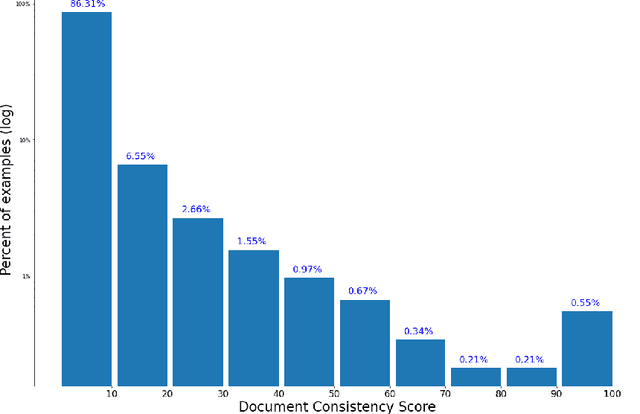


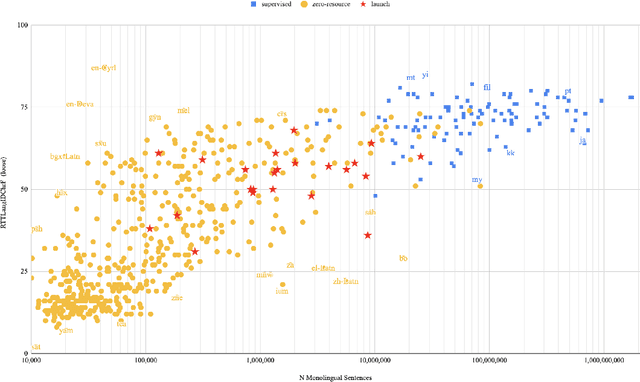
Abstract:In this paper we share findings from our effort to build practical machine translation (MT) systems capable of translating across over one thousand languages. We describe results in three research domains: (i) Building clean, web-mined datasets for 1500+ languages by leveraging semi-supervised pre-training for language identification and developing data-driven filtering techniques; (ii) Developing practical MT models for under-served languages by leveraging massively multilingual models trained with supervised parallel data for over 100 high-resource languages and monolingual datasets for an additional 1000+ languages; and (iii) Studying the limitations of evaluation metrics for these languages and conducting qualitative analysis of the outputs from our MT models, highlighting several frequent error modes of these types of models. We hope that our work provides useful insights to practitioners working towards building MT systems for currently understudied languages, and highlights research directions that can complement the weaknesses of massively multilingual models in data-sparse settings.
Data Troubles in Sentence Level Confidence Estimation for Machine Translation
Oct 26, 2020

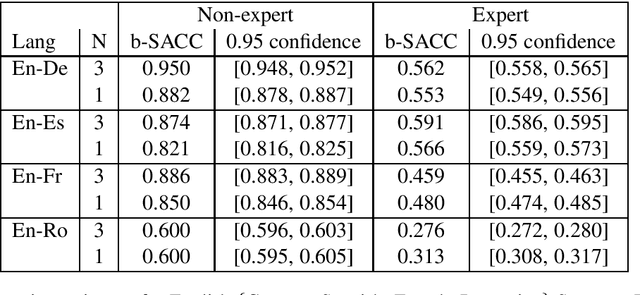
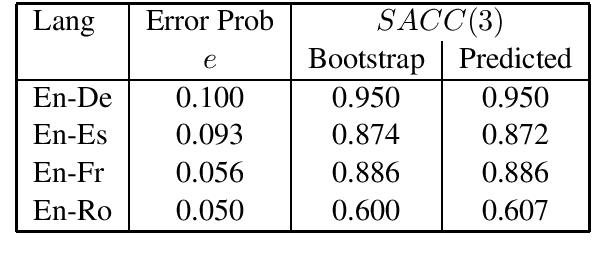
Abstract:The paper investigates the feasibility of confidence estimation for neural machine translation models operating at the high end of the performance spectrum. As a side product of the data annotation process necessary for building such models we propose sentence level accuracy $SACC$ as a simple, self-explanatory evaluation metric for quality of translation. Experiments on two different annotator pools, one comprised of non-expert (crowd-sourced) and one of expert (professional) translators show that $SACC$ can vary greatly depending on the translation proficiency of the annotators, despite the fact that both pools are about equally reliable according to Krippendorff's alpha metric; the relatively low values of inter-annotator agreement confirm the expectation that sentence-level binary labeling $good$ / $needs\ work$ for translation out of context is very hard. For an English-Spanish translation model operating at $SACC = 0.89$ according to a non-expert annotator pool we can derive a confidence estimate that labels 0.5-0.6 of the $good$ translations in an "in-domain" test set with 0.95 Precision. Switching to an expert annotator pool decreases $SACC$ dramatically: $0.61$ for English-Spanish, measured on the exact same data as above. This forces us to lower the CE model operating point to 0.9 Precision while labeling correctly about 0.20-0.25 of the $good$ translations in the data. We find surprising the extent to which CE depends on the level of proficiency of the annotator pool used for labeling the data. This leads to an important recommendation we wish to make when tackling CE modeling in practice: it is critical to match the end-user expectation for translation quality in the desired domain with the demands of annotators assigning binary quality labels to CE training data.
TICO-19: the Translation Initiative for Covid-19
Jul 06, 2020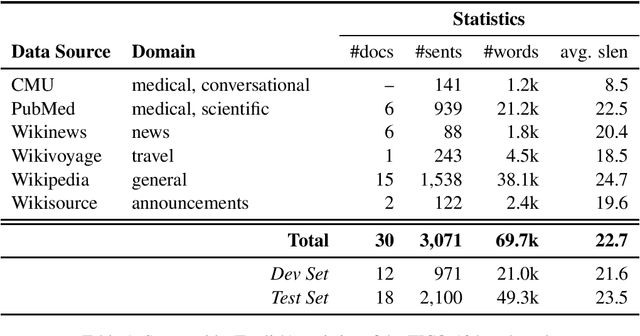
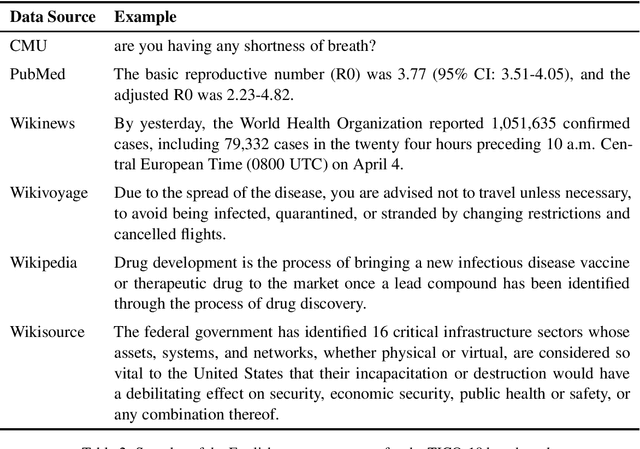
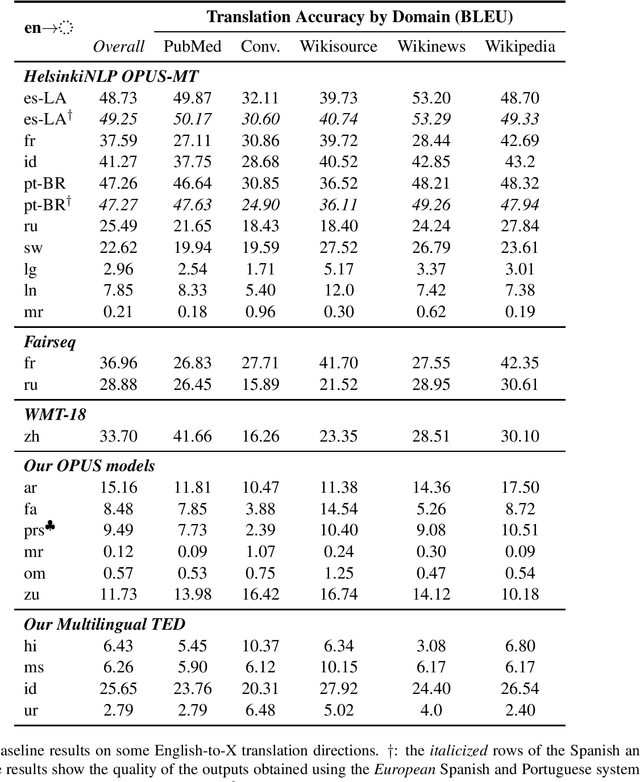
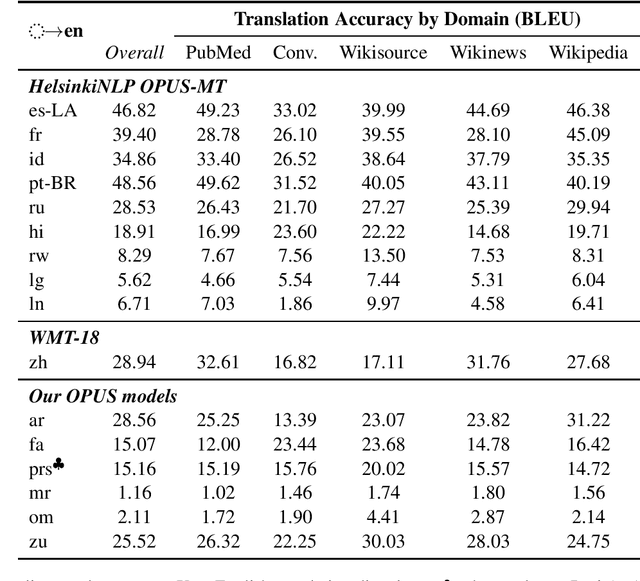
Abstract:The COVID-19 pandemic is the worst pandemic to strike the world in over a century. Crucial to stemming the tide of the SARS-CoV-2 virus is communicating to vulnerable populations the means by which they can protect themselves. To this end, the collaborators forming the Translation Initiative for COvid-19 (TICO-19) have made test and development data available to AI and MT researchers in 35 different languages in order to foster the development of tools and resources for improving access to information about COVID-19 in these languages. In addition to 9 high-resourced, "pivot" languages, the team is targeting 26 lesser resourced languages, in particular languages of Africa, South Asia and South-East Asia, whose populations may be the most vulnerable to the spread of the virus. The same data is translated into all of the languages represented, meaning that testing or development can be done for any pairing of languages in the set. Further, the team is converting the test and development data into translation memories (TMXs) that can be used by localizers from and to any of the languages.
 Add to Chrome
Add to Chrome Add to Firefox
Add to Firefox Add to Edge
Add to Edge